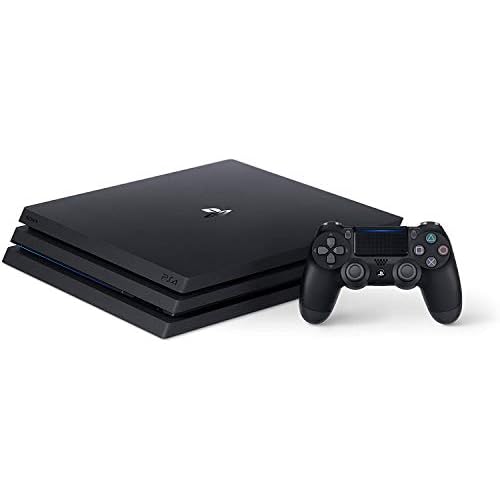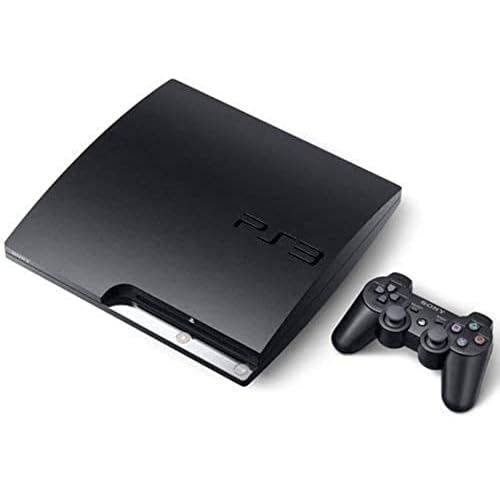Have you ever wondered why certain console games come with a heftier price tag compared to their PC counterparts? Well, the answer lies in a combination of factors that influence costs in the gaming industry. From the intricacies of development and licensing to the nuances of hardware optimization and distribution, there are several layers to explore when dissecting the pricing disparities between console and PC games. So, what exactly drives this discrepancy in pricing, and how does it impact your gaming experience?
Development and Licensing Costs
When considering console games pricing, understanding the development and licensing costs is crucial for publishers and developers. Developing a console game involves a complex process that requires a team of skilled professionals working on various aspects such as game design, programming, art, sound, and quality assurance. These development costs can quickly add up, especially for high-quality titles with advanced graphics and features.
Additionally, licensing costs play a significant role in determining the final price of a console game. Publishers often need to pay licensing fees to platform holders like Sony, Microsoft, or Nintendo to release games on their consoles. These fees can vary depending on the platform and the terms of the licensing agreement.
As a result, developers and publishers must carefully consider these costs when setting the price for a console game to ensure that they can cover their expenses and make a profit.
Hardware Exclusivity and Optimization
To ensure optimal performance and take advantage of unique hardware features, developers often prioritize hardware exclusivity and optimization when creating console games. By focusing on specific console hardware, developers can fine-tune their games to extract the best performance from that particular system. This optimization allows for smoother gameplay, better graphics, and overall enhanced gaming experiences on consoles.
Hardware exclusivity also plays a significant role in driving developers to create games tailored to specific consoles. Exclusive partnerships between game developers and console manufacturers can lead to unique gaming experiences that can only be enjoyed on a particular platform. This exclusivity can drive up the value of a console game, as players are willing to pay more for access to these exclusive titles.
Optimizing games for specific hardware can also lead to more efficient use of resources, allowing developers to push the boundaries of what’s possible on a particular console. This attention to detail and optimization contributes to the higher cost of some console games compared to their PC counterparts.
Distribution and Retail Factors
Distribution channels play a crucial role in determining the availability and accessibility of console games to consumers. The costs associated with physical distribution, including manufacturing, packaging, and shipping, can impact the final price of console games. Retailers also play a significant role in setting prices, as they need to cover their own costs and make a profit. Exclusive deals with certain retailers or limited distribution agreements can further affect pricing and availability.
Online distribution platforms have become increasingly popular for both console and PC games. Digital distribution eliminates many of the costs associated with physical copies, such as manufacturing and shipping, which can result in lower prices for consumers. Additionally, digital storefronts often run sales and promotions that can make games more affordable.
However, some console games are still primarily sold through physical retailers, which can lead to higher prices due to the additional costs involved. Limited availability through certain retailers or regions can also drive up prices, making some console games more expensive compared to their PC counterparts.
Marketing and Branding Influences
Marketing and branding exert a significant influence on the pricing strategies of console games. The image a game portrays can impact how consumers perceive its value, allowing publishers to set higher prices for well-marketed titles. Strong branding creates a sense of prestige and exclusivity, making players more willing to pay a premium for the product. Additionally, effective marketing campaigns can generate hype around a game, increasing demand and justifying a higher price point.
Branding also plays a role in establishing trust with consumers. Established franchises with a loyal fan base can command higher prices due to the reputation and trust built over time. Recognizable brands often have more flexibility in pricing their games, leveraging the strength of their name to justify premium costs. On the other hand, new or lesser-known titles may have to price more competitively to attract buyers.
Ultimately, marketing and branding are integral components of pricing strategies, influencing how games are perceived by consumers and the value they place on them.
Trending Products

![Playstation SONY 4, 500GB Slim System [CUH-2215AB01], Black, 3003347 (Renewed)](https://m.media-amazon.com/images/I/31aelHds6gL._SS500_.jpg)










